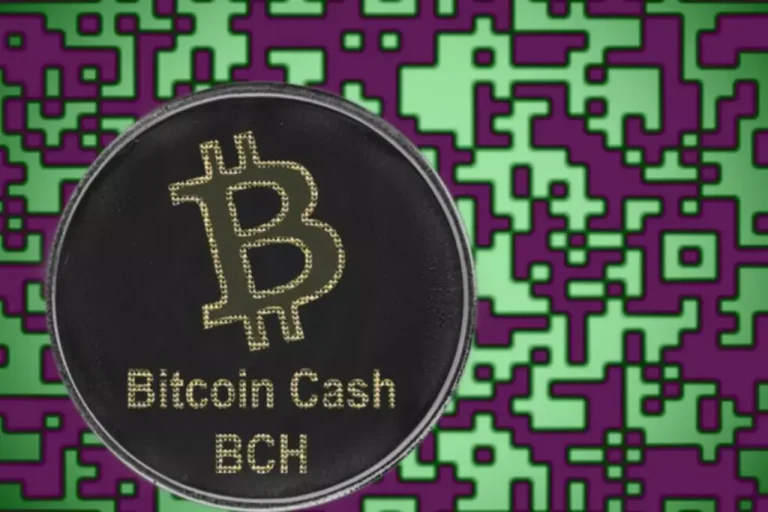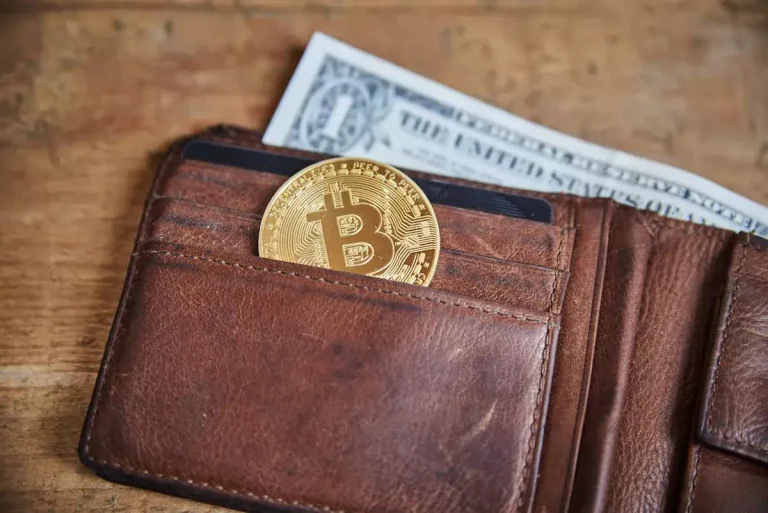Content
More and more people are exploring ways to create their own digital currencies, and while it may seem how to make your own cryptocurrency like a daunting task, it’s more achievable than many imagine. In this article, we’ll cover everything you need to know about creating your cryptocurrency, from understanding the basics to navigating legal and regulatory considerations. One more powerful way to promote something is to build a community, and that something can be achieved through social media.
Develop the Consensus Mechanism
- Creating a crypto coin can be a complex and challenging process, but with the right guidance and expertise, it can be a rewarding experience.
- You can simply take the open-source code of an existing blockchain and add modifications to serve your own purposes.
- For example, Bitcoin came out as a purely peer-to-peer version of electronic cash.
- A cryptocurrency is a digital or virtual currency that leverages cryptography for security and operates on a decentralized network.
- Maybe it offers faster transaction times, lower fees, enhanced security features, or solves a particular problem that others haven’t addressed.
- You’ll also need to accept BNB and BUSD in your cryptocurrency’s ecosystem, such as providing them as liquidity or accepting them during your initial coin offering (ICO) or token sale.
Following a core understanding of the custom cryptocurrency development process, we will walk you through this cryptocurrency creation guide. This guide helps make this process easy, even for complete beginners, from choosing the right blockchain platform all the way to designing and launching your coin. At the time that you conclude, you will have a good understanding of the essential parts needed to create and roll out https://www.xcritical.com/ your own cryptocurrency, for private use, enterprise exploration, or for new earnings avenues. Cryptocurrency creation requires developing a user-friendly interface, which is essential for the success of your blockchain and cryptocurrency. An intuitive design makes it easier for users to interact with your platform, whether they’re sending and receiving tokens or exploring blockchain data. Start by designing a wallet that securely stores users’ cryptocurrencies.
How to make your own blockchain?

By leveraging cutting-edge blockchain and peer-to-peer technology, it is committed to bridging the gap between traditional financial systems and the potential of decentralized finance. As storing large quantities of cryptocurrency in Initial coin offering a single wallet is quite risky, a combination of cold and hot wallets is usually ideal and can help strike the right balance between convenience and security. Non-custodial wallets, on the other hand, allow a user to retain full control of their funds, since the private key is stored locally with the user. The internal architecture of your blockchain includes elements like the block size, block time, and reward system. These decisions will impact the speed, security, and economic incentives of your cryptocurrency. Creating a cryptocurrency allows you to experiment with innovative ideas and technologies.

Questions to Answer Before Creating a Cryptocurrency

Before deploying, ensure your MetaMask is set to the Sepolia testnet and your smart contract is selected for deployment. Finally, click the Deploy button to initiate the deployment process. And if the network is shut down, the smart contracts your token is built on will also shut down.
Modify the Code of an Existing Blockchain
However, getting access to the source code doesn’t spare you the work you have to put into building a network large enough to have your blockchain considered secure. If you have decided to build a crypto token, you can use the smart contract’s functionalities of networks like Ethereum and NEO. With ERC-20 and NEP-5, you can quickly set up your token without needing too much technical skill. Now, let’s dive into the technical process of how to create your own cryptocurrency and discuss what you need to consider during and after its creation. While creating a cryptocurrency can be challenging, making one without too much effort or programming knowledge is possible. Before creating one, it’s best to identify why you want to make one and what its purpose will be.
Finally, the best option to create your cryptocurrency guide will depend on what you need. Ethereum is still a good choice for maximum security and adaptability at maximum price. Solana is excellent for its scalability and speed, while Binance Smart Chain is cheap and just as fast. Ultimately, your cryptocurrency’s success depends on the platform that you choose, which is why you need to think carefully and get things right when setting out on your custom cryptocurrency development journey.
Creating a cryptocurrency is generally legal, although some countries and jurisdictions have partially or fully banned cryptocurrency. In China, for example, raising money through virtual currencies has been illegal since 2017, and all cryptocurrency transactions have since been banned. Even where cryptocurrency is legal, it’s possible to run afoul of existing securities regulations when launching and promoting a new cryptocurrency. You can create a new coin or token with any degree of customization by hiring a blockchain development company.
Simply participating in cryptocurrency trading might be a better route for those who don’t have the time, money, or interest in creating their own. A great way to do that is by opening an investment account on the SoFi Invest brokerage platform, which makes it easy to trade crypto, stocks, and exchange-traded funds. There are different reasons why a market participant might want their cryptocurrency holdings to be either connected to or disconnected from the internet. Because of this, it’s not uncommon for cryptocurrency holders to have multiple cryptocurrency wallets, including both hot and cold ones. For larger amounts, it’s recommended that a user withdraws the majority to a crypto wallet, whether that be a hot wallet or a cold one.
This will give you an idea of how the blockchain goes about its jobs so that you can be sure that your custom cryptocurrency works fine and is indeed secure. If you decide to make your own cryptocurrency, make sure to use our information only as a starting point. Beyond creating the token or coin, you also need to think about making it a success post-launch. Studying other projects and their launches to see what worked well and what didn’t can help with creating your own cryptocurrency. If you want to make your own blockchain and coin, you will likely need a team of blockchain developers and industry experts. Even if you look at forking a blockchain like Ethereum or Bitcoin, there is still a huge amount of work required to setup your network.
This work is executed while “mining” — providing calculations that prove that the node isn’t a spammer or violator. The next step is choosing the right blockchain platform for your cryptocurrency. You need to decide whether to create your own blockchain or use an existing one. Creating your own blockchain gives you full control and customization options but requires significant technical expertise and resources. It’s a complex process that might not be necessary if existing platforms meet your needs. First, you need to design the blockchain architecture, which includes defining the structure and protocols that will govern your blockchain.
When sending tokens, a user’s private key signs the transaction and broadcasts it to the blockchain network. The network then includes the transaction to reflect the updated balance in both the sender’s and recipient’s address. Bitcoin, the first and most well-known cryptocurrency, was created in 2009 by an anonymous person or group of people using the pseudonym Satoshi Nakamoto.
They also highlight the potential for innovation and growth in the cryptocurrency market. APIs (Application Programming Interfaces) are used to connect your blockchain with other systems and services. They can provide functionalities like data storage, financial services, and identity verification. Depending on your needs, you might use pre-existing APIs or develop your own. It’s essential to understand the regulations in your country and ensure compliance.
This means planning a budget in advance, depending on how much customization is planned. Launching a token on an established blockchain like Ethereum (ETH) can be done for free or very cheaply, whereas creating a new blockchain can be very expensive. You’ll need to update your blockchain’s software regularly, fix bugs, and enhance security. Cryptocurrency investment comes with substantial risks besides the obvious ones most people are aware of — namely government crackdown, hacking, and theft. The biggest risk most aren’t aware of, however, is losing money due to ignorance or lack of attention to small yet very important details when it comes time for actual implementation and use-cases.

